This article focuses on what a third-party client security password is and how to use a third-party client security password.
What Is The Third-party Client Security Password?
In order to enhance the security of users using the third-party client for email sending and receiving, when users use the Outlook/Foxmail and other third-party client for mail sending and receiving, set the independent password for the third-party client to log in, which is different from the Alibaba Mail account password.
How to Open And Use The Third-party Client Security Password?
1. Log in to the Webmail and go to Settings-> Account And Security-> Account Security-> Third-party Client Login Security Management-> enable the Third-Party Client Security Password.
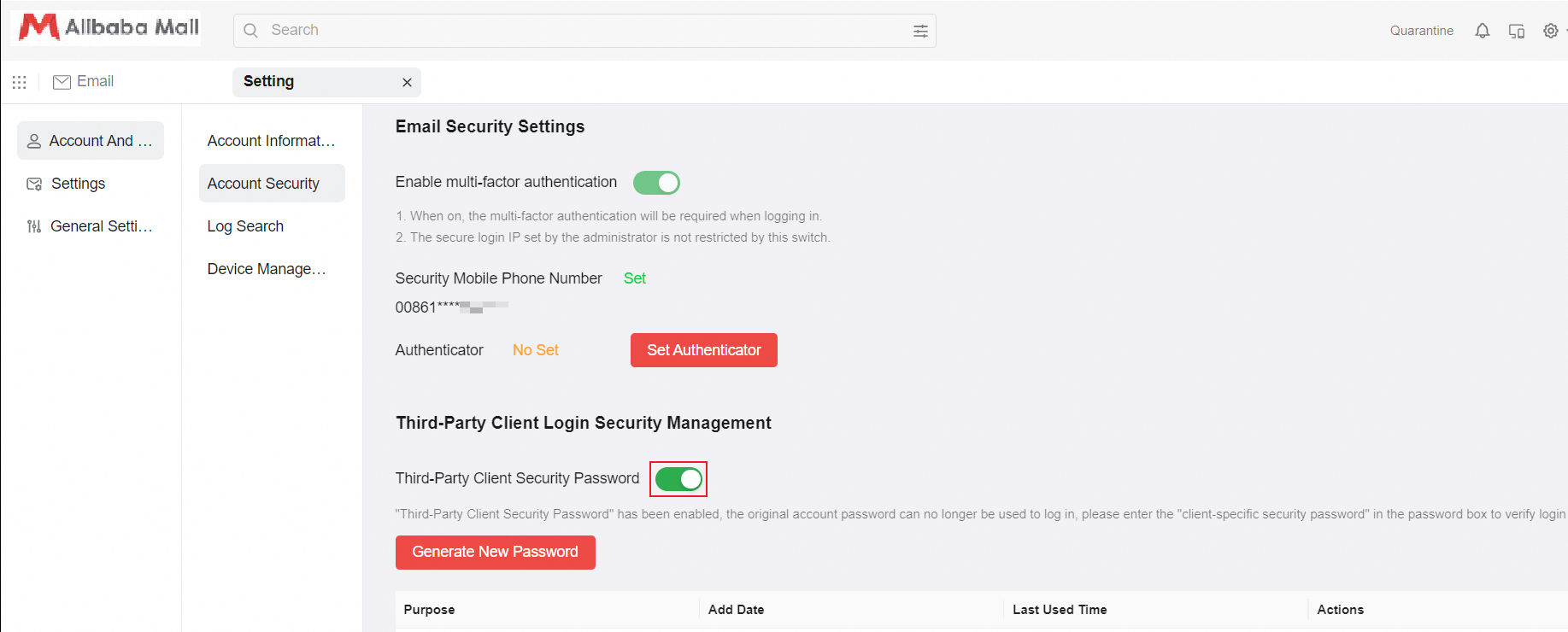
2. Click Generate New Password-> choose the muti-factor authentication methods to verify, here we use the Questions-> enter the code and click Next.
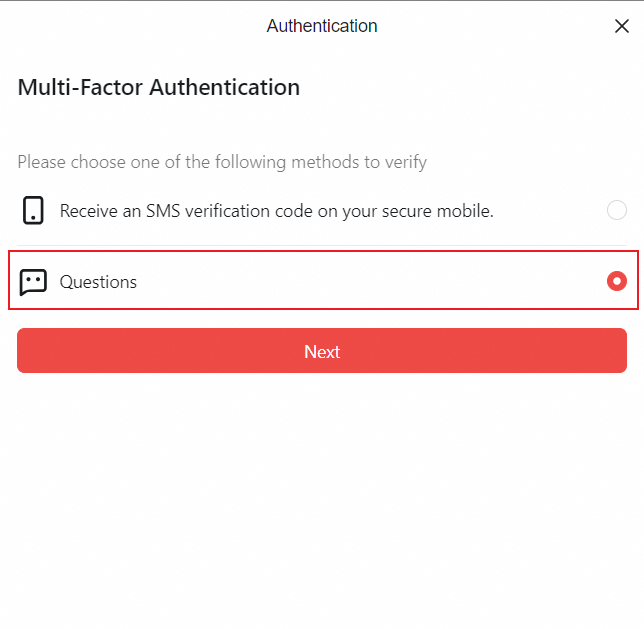

3. Click to copy the newly generated password, enter the device name and click OK.
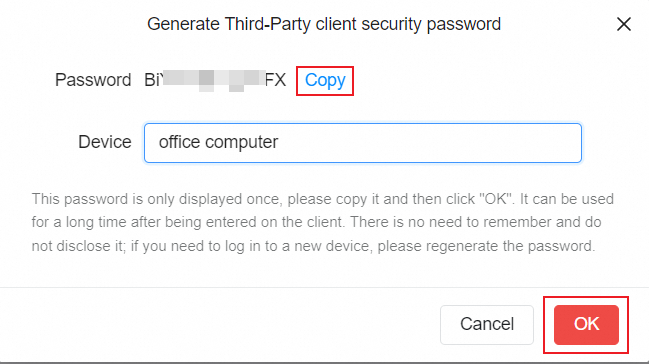
The third-party client security password is generated.

4. Paste the copied password into the password box of Outlook/Foxmail to log in with the third-party client security password.
5. If you no longer need to use the third-party client security password, click the Third-Party Client Security Password button to turn off.
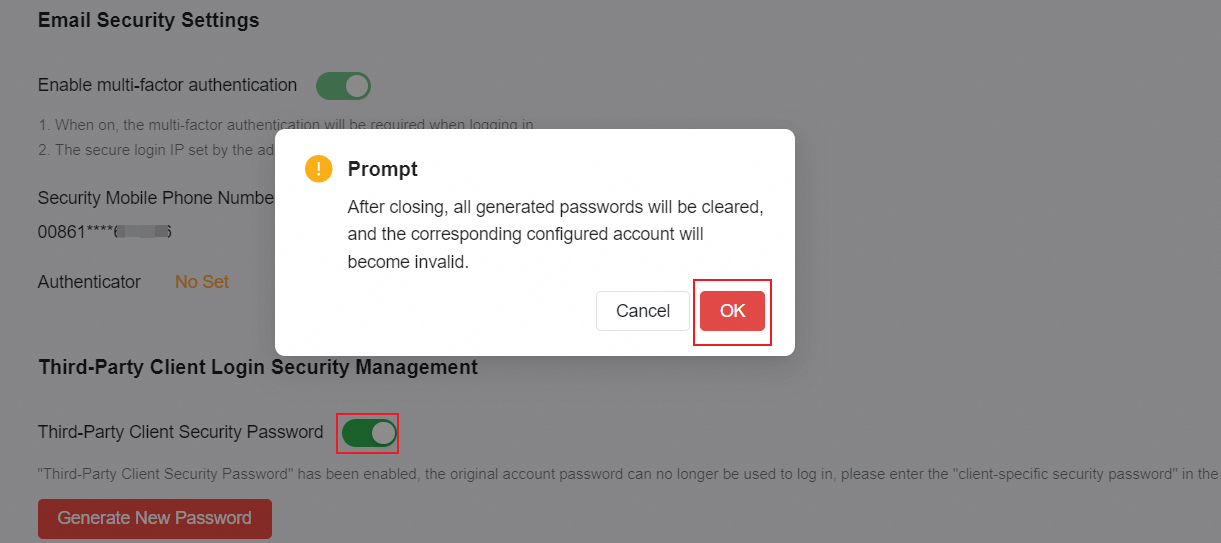
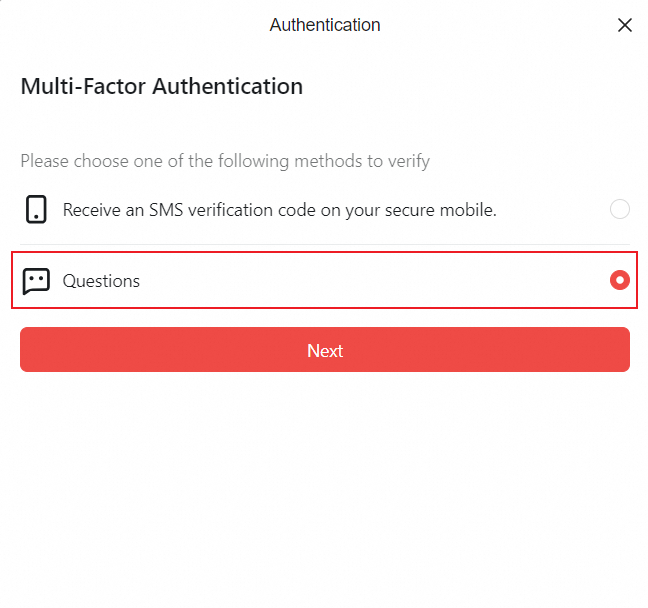
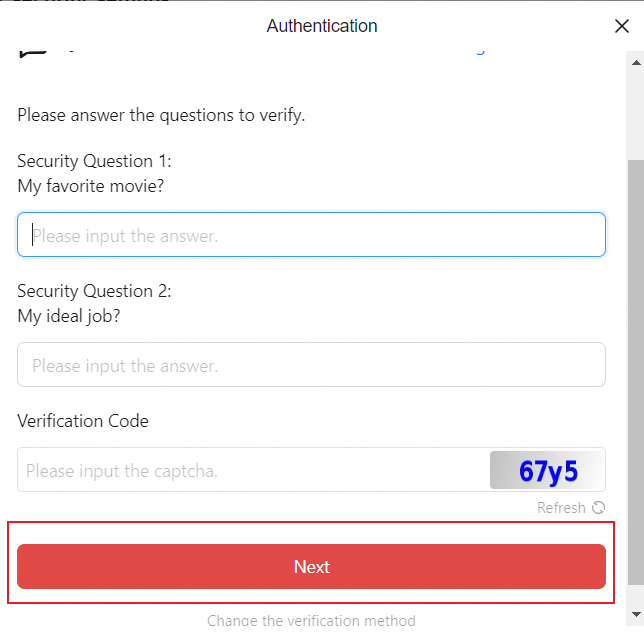
The Third-party client security password is disabled.

1. Opening mode: it is opened by the employee side or uniformly opened by the administrator;
2. After the administrator opens it uniformly, the employee side cannot close it separately. If you need to close it, please contact the administrator.
3. Do not disclose the third-party client security password for the safety of the mailbox account;
4. Users who have configured accounts in the third-party client before will be prompted to re-enter the password after opening the security password. Please generate the login password of the third-party client before logging in.
5. For users who do not have the login password for the third-party client, please use the email password to configure the third-party client.